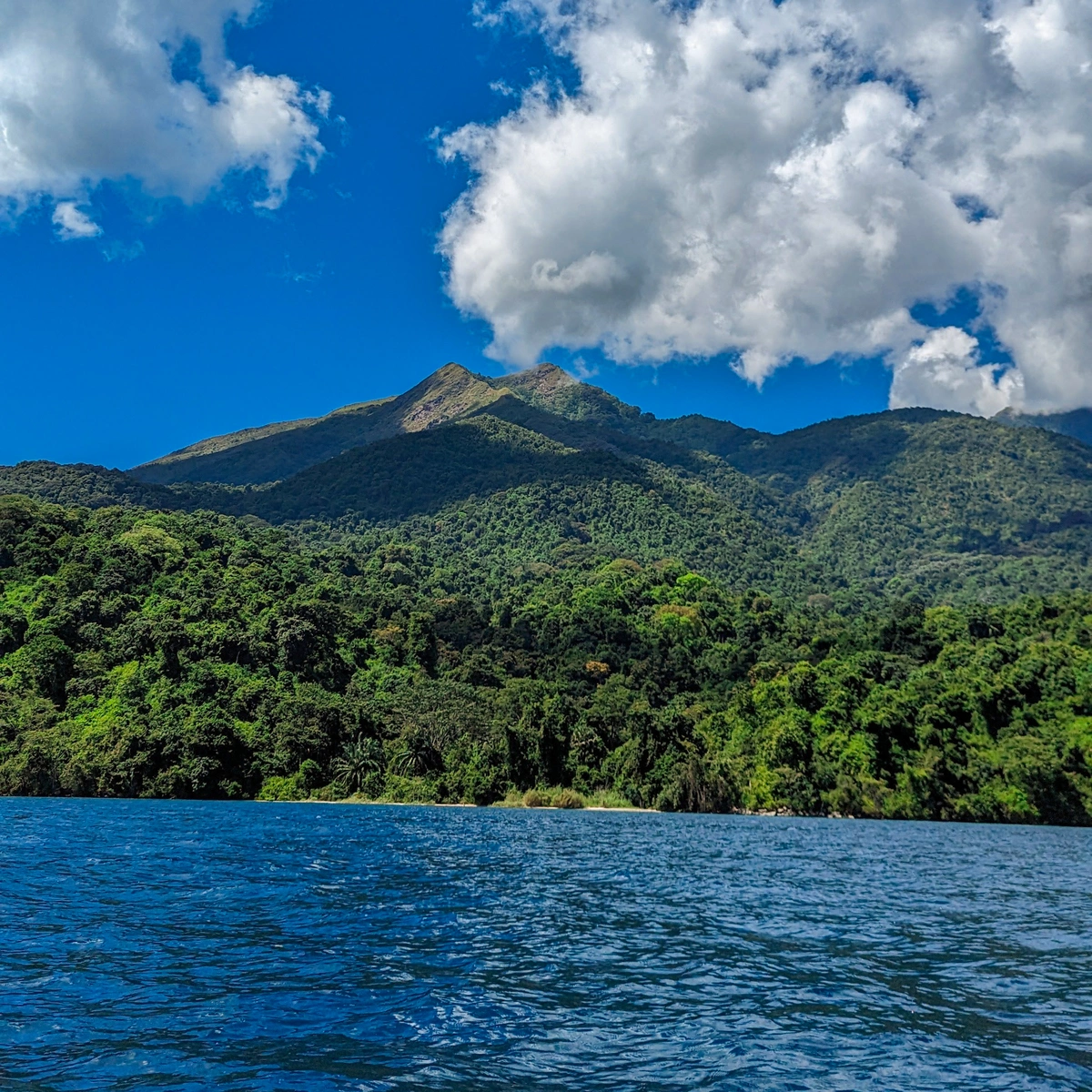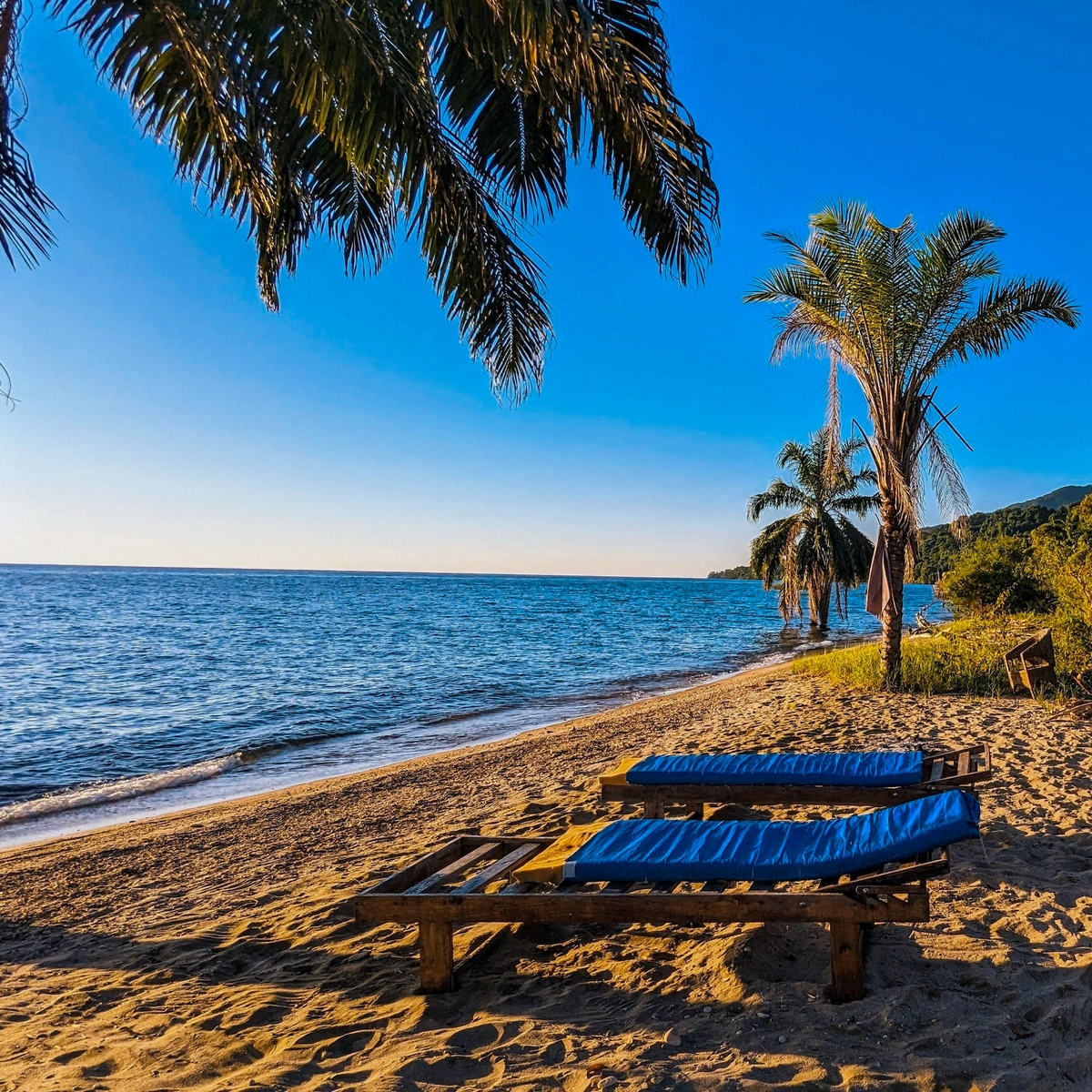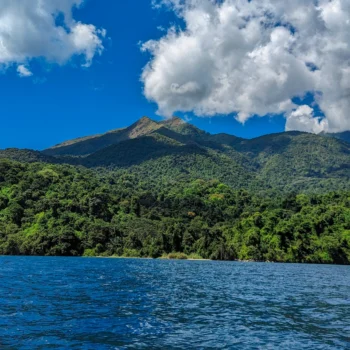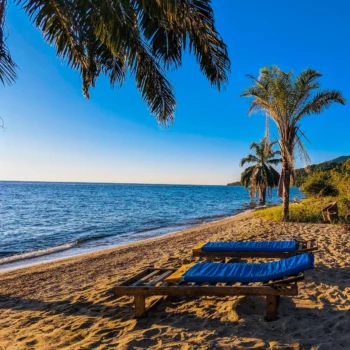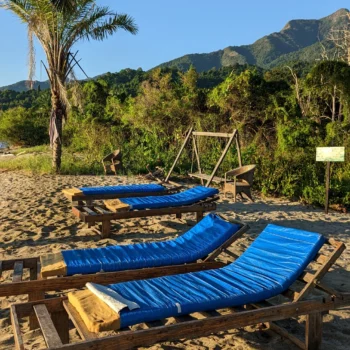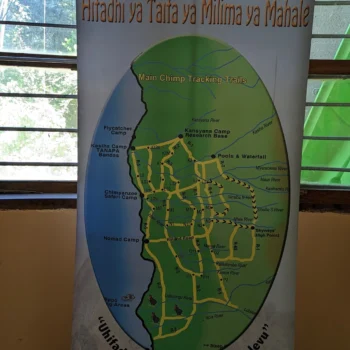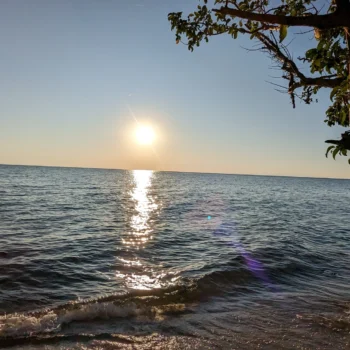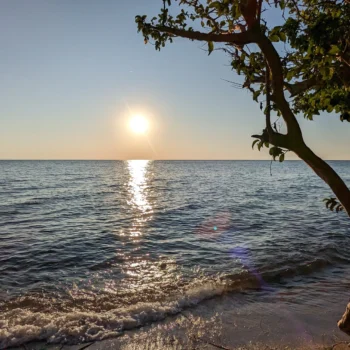Mahale Mountains National Park
Deep in the Kigoma region, Mahale Mountains National Park offers a unique and unforgettable wildlife experience. Home to approximately 700-1000 chimpanzees, representing the world’s largest protected population of the eastern subspecies, it is one of the best places to observe these fascinating primates in their natural habitat. The Mimikire clan, known as the M-group, is of particular interest, having been monitored by researchers since 1965. This group of about 60 chimpanzees roams freely throughout the park and is surprisingly relaxed around humans, allowing close observation. To ensure the chimps’ health and safety, visitors must wear face masks and maintain a respectful distance, with a one-hour limit for close observation.
Mahale National Park began as a Japanese wildlife research center and was officially designated a national park on June 14, 1985, under Government Notice No. 262. The park encompasses a diverse landscape, including a mountainous inland area and the eastern shore of Lake Tanganyika, covering 1,613 square kilometers. The highest peak, Nkungwe, rises to 2,470 meters above sea level.
Beyond chimpanzees, the park reveals a rich biodiversity. Mahale is exceptional for its wide variety of habitats, including rainforest, woodland, bamboo forest, montane forest, and mountain grasslands. This mosaic supports a unique mix of flora and fauna. The park is home to eight (possibly nine) primate species in addition to chimpanzees: yellow baboons, blue monkeys, red colobus, pied colobus, and vervet monkeys, as well as two or three species of galago. The park also boasts at least 337 bird species, many of which are rare and endemic to the Albertine Rift, such as Pel’s fishing owl.
The park’s diverse ecosystem extends into Lake Tanganyika, which forms part of Mahale’s eastern border. This lake, the world’s second-longest and second-deepest freshwater lake (673 km long and 60-80 km wide), is renowned for its exceptional freshwater fish diversity. It harbors at least 400 fish species, about 250 of which are cichlids, with 98% being endemic.
TANAPA regulations require that visitors be at least 12 years old to participate in chimpanzee trekking.
Interesting Facts About Mahale Mountains National Park
- Home to the world’s largest protected population of eastern chimpanzees (approx. 700-1000).
- One of only two protected areas in Tanzania for chimpanzees, the other being Gombe National Park.
- Mahale is one of the few African parks that can only be explored on foot, with access solely by boat on Lake Tanganyika.
- The park was originally inhabited by the Holoholo and Batongwe tribes before its establishment in 1985.
How to Get There
The Mahale Mountains are located in the Kigoma region, approximately 200km from Kigoma town. Due to the park’s remote location, it is essential to arrange accommodation and meals in advance. Accommodation is provided by the park, and visitors must bring their own food, though a chef can be hired. Food supplies can be purchased in the nearby town of Rukoma, about 35 km away.
As of June 2023, Mahale Park headquarters can be reached by flight or road, both requiring a boat crossing of Lake Tanganyika.
- Flight: Chartered flights from Kigoma offer the quickest access, with the airstrip just 5km from the park headquarters.
- Road: The 200km road journey from Kigoma takes approximately 8 hours, including a ferry crossing of the Malagarasi River.

